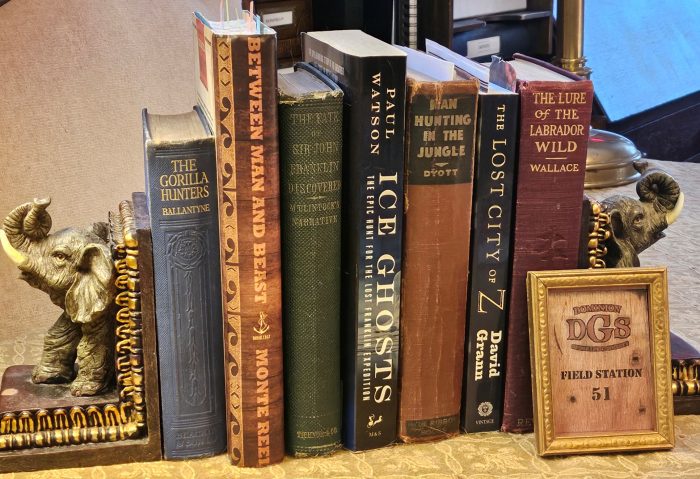Submitted by Icebox Bob
The 19th century saw travel expand worldwide. There were many reasons; simple adventure, the wealthy indulging themselves to see exotic sights, traders & businessmen expanding their endeavours, the military growing empires, missionaries pursuing converts, and explorers pushing past frontiers to scientifically map, study and investigate.
As many of you know, I am fascinated by the period of world exploration that included the Victorian, Edwardian and into the interwar periods. This timeframe saw scientific tools and methods become essential to differentiate the explorer from the tourist. These explorers knew the general shape of the world, but much work remained to be done to understand the true diversity & complexity of the natural world. Much has been made of the expansive empire building of the period, but this has frequently masked the stories of those who were methodically mapping and studying the natural landscape.
The latter are the ones that fascinate me. These are the ones who went the furthest and deepest into the harshest corners to gather the knowledge that broadened the understanding of the world.
Reading the accounts of the travellers, adventurers, & explorers is rich. It helps us to understand the general fascination at the time with the exotic and unknown. This fascination also inspired the imaginations of those left behind, especially authors who indulged fanciful and fictional views of what may lie behind mountain ranges, or deep under the sea or lie abandoned in the middle of deserts. Both the real and fictional inspired each successive generation, right up to the present.
At a young age I inherited a small collection of such books from a great-uncle mostly accounts of the arctic and Antarctic. I have added to it and my winter reading has taken me back into it. I will be offering book reports on titles from that old collection and some very relevant new titles.

